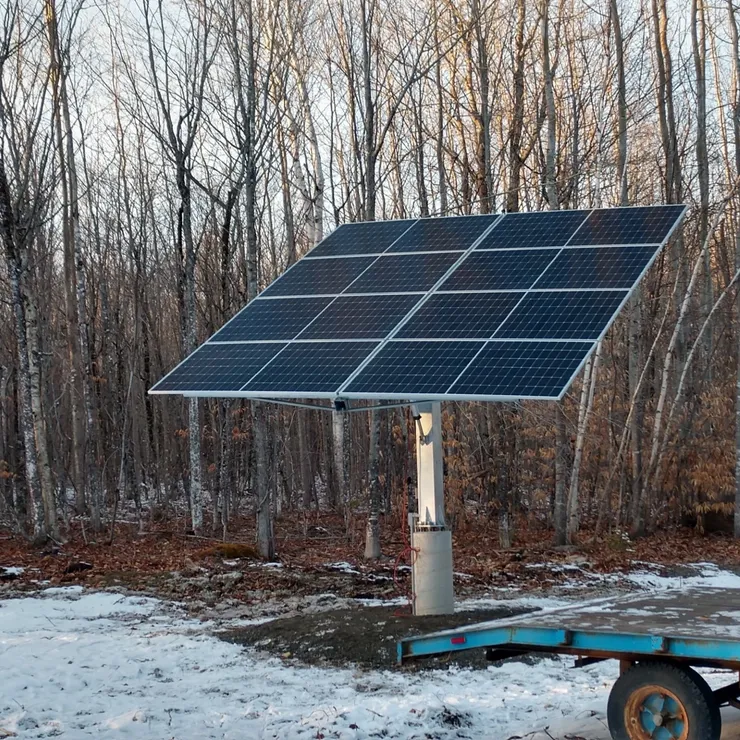
As the world turns toward cleaner and more sustainable energy sources, solar power remains at the forefront of renewable energy solutions. The ability to harness the power of the sun efficiently is essential to making solar energy systems more effective. One of the most promising technologies for increasing the efficiency of solar energy systems is the dual axis solar tracker.
This article delves into the functionality, advantages, and impact of dual axis solar tracker in optimizing solar energy production, and why they represent a smart investment for anyone looking to enhance their solar energy systems.
Understanding the Role of Solar Trackers in Solar Energy Systems
A solar tracker is a mechanism that allows solar panels to follow the movement of the sun, ensuring they are always facing the optimal direction to capture sunlight. The primary purpose of a solar tracker is to maximize the energy output of solar panels, making them much more efficient than stationary panels.
While basic solar trackers are designed to follow the sun along a single axis, dual axis solar trackers take this one step further. These trackers can move panels along both horizontal and vertical axes, ensuring that the panels are always in the best position to capture sunlight throughout the day and across seasons.
How Do Dual Axis Solar Trackers Work?
A dual axis solar tracker moves solar panels in two directions: one along the east-west axis to track the sun’s daily movement, and the other along the north-south axis to adjust for seasonal changes in the sun’s position. This dynamic movement ensures that the solar panels are positioned at the perfect angle to capture the maximum amount of sunlight at any given time.
The use of dual axis solar trackers ensures that solar panels perform optimally, even as the sun’s position changes due to time of day or seasonal shifts. This increased precision in tracking results in a significant boost in the amount of energy generated compared to fixed or single-axis systems.
The Key Advantages of Dual Axis Solar Trackers
Improved Energy Efficiency
The biggest advantage of dual axis solar trackers is their ability to increase energy output. By positioning solar panels to capture sunlight at the optimal angle throughout the day, these trackers ensure maximum energy generation. The ability to adjust to both horizontal and vertical movements lead to up to a 40% increase in energy efficiency compared to traditional, stationary panels.
Better Performance in Challenging Conditions
In regions with varying sunlight angles or cloudy skies, dual axis solar trackers still offer superior performance. The system’s flexibility to adjust to changing conditions means that it can make the most of any available sunlight, even in less-than-ideal weather conditions. This adaptability makes dual axis solar trackers highly reliable for year-round performance.
Why Choose Dual Axis Solar Trackers for Your Solar System?
When deciding whether to incorporate dual axis solar trackers into a solar system, it’s important to consider both the initial investment and the long-term benefits. The upfront cost of installing dual axis solar trackers is higher than stationary panels or simpler tracking systems, but the increase in energy production leads to faster payback and higher overall savings in the long run.
By maximizing the output of your solar panels, dual axis solar trackers help reduce the total area required for your solar system, making them an excellent choice for maximizing available space.
Conclusion
Incorporating dual axis solar trackers into a solar energy system offers significant benefits in terms of efficiency, adaptability, and sustainability. These trackers enable solar panels to generate more power by constantly adjusting to the sun’s position throughout the day and across seasons. While the initial cost may be higher, the long-term savings and energy production justify the investment. As the demand for renewable energy solutions continues to grow, dual axis solar trackers represent a key technology in optimizing solar energy systems for the future.